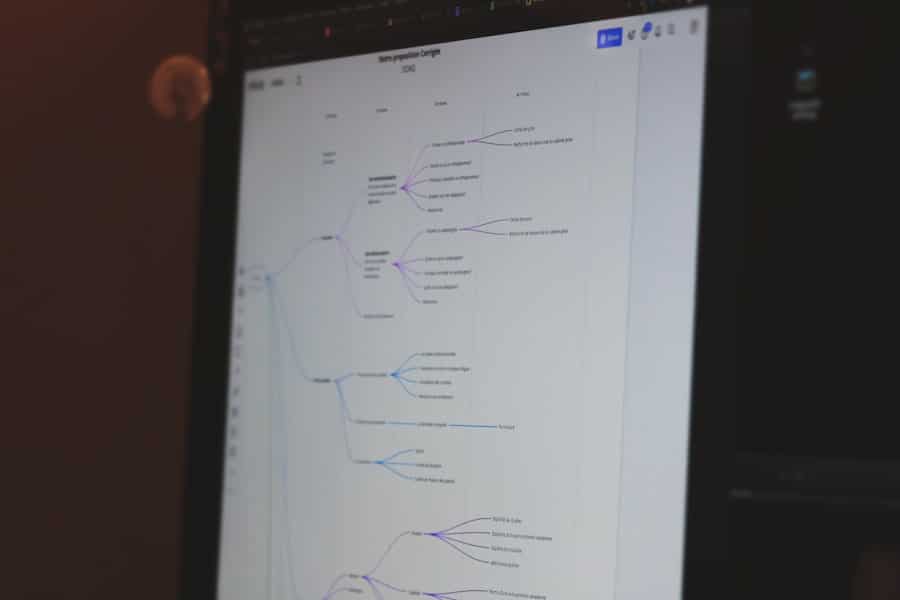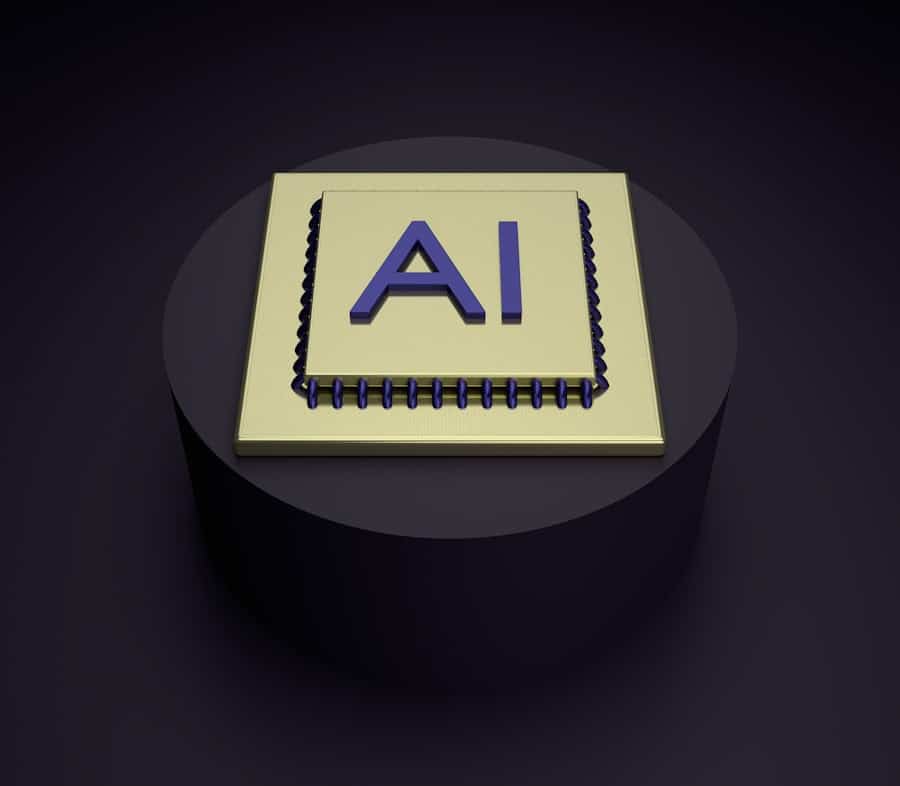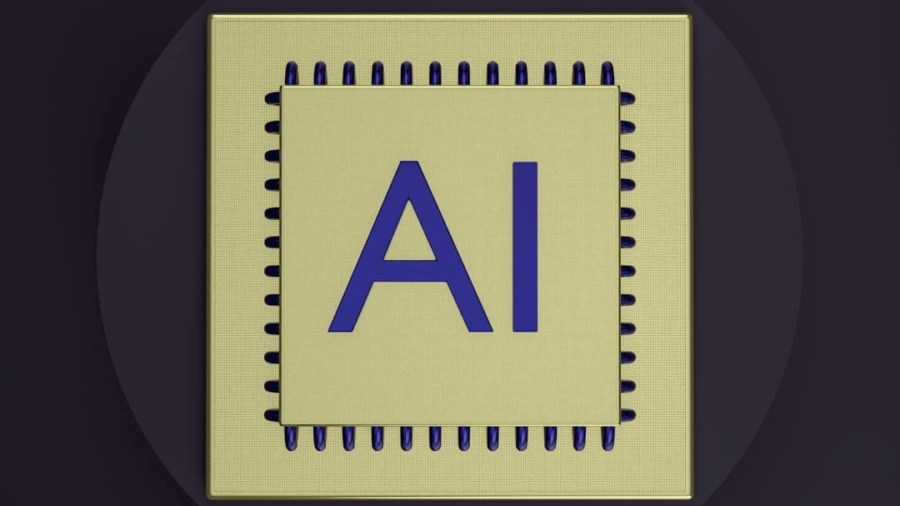The advent of artificial intelligence (AI) has revolutionized numerous sectors, and software development is no exception. AI-generated software prototypes represent a significant leap forward in how applications and systems are conceptualized, designed, and developed. These prototypes are created using algorithms that can analyze vast amounts of data, learn from patterns, and generate functional software models with minimal human intervention.
This innovative approach not only accelerates the development process but also enhances the quality and functionality of the final product. AI-generated prototypes leverage machine learning, natural language processing, and other advanced technologies to automate various stages of software development. By utilizing historical data and user feedback, these systems can predict user needs and preferences, leading to more intuitive and user-friendly designs.
As organizations strive to keep pace with rapid technological advancements and increasing consumer demands, the integration of AI in prototype generation is becoming an essential strategy for staying competitive in the market.
Key Takeaways
- AI-generated software prototypes can significantly speed up the development process and reduce costs.
- The use of AI-generated software prototypes can lead to increased innovation and creativity in software development.
- AI-generated software prototypes may face challenges in accurately understanding complex user requirements and preferences.
- The impact of AI-generated software prototypes on software development includes improved efficiency and faster time-to-market for new products.
- Ethical considerations and potential risks of AI-generated software prototypes include issues related to data privacy and security.
Benefits and Advantages of AI-Generated Software Prototypes
One of the most significant advantages of AI-generated software prototypes is the speed at which they can be developed. Traditional software prototyping often involves lengthy cycles of design, testing, and iteration, which can delay time-to-market. In contrast, AI can rapidly generate multiple iterations of a prototype based on predefined parameters, allowing developers to explore various design options without the extensive manual effort typically required.
This acceleration not only shortens development timelines but also enables teams to respond more swiftly to market changes and user feedback. Moreover, AI-generated prototypes can enhance the quality of software products. By analyzing user behavior and preferences through data-driven insights, AI can create prototypes that are more aligned with user expectations.
For instance, AI tools can identify common pain points in existing applications and suggest features or design elements that address these issues effectively. This results in a more refined user experience and increases the likelihood of user adoption once the final product is launched. Additionally, the ability to simulate real-world scenarios allows developers to test prototypes under various conditions, ensuring robustness and reliability before full-scale deployment.
Challenges and Limitations of AI-Generated Software Prototypes

Despite the numerous benefits associated with AI-generated software prototypes, several challenges and limitations must be acknowledged. One primary concern is the quality of the data used to train AI models. If the input data is biased or incomplete, the resulting prototypes may reflect these flaws, leading to suboptimal designs or features that do not resonate with users.
This issue underscores the importance of curating high-quality datasets that accurately represent the target audience and their needs. Another significant challenge lies in the interpretability of AI-generated outputs. While AI can produce sophisticated prototypes, understanding the rationale behind its design choices can be difficult for human developers.
This lack of transparency can create friction between AI systems and human teams, as developers may struggle to trust or validate the decisions made by an algorithm. Furthermore, reliance on AI-generated prototypes may lead to a reduction in human creativity and intuition in the design process, potentially stifling innovation in favor of algorithmically driven solutions.
Impact of AI-Generated Software Prototypes on Software Development
The integration of AI-generated software prototypes is reshaping the landscape of software development in profound ways. One notable impact is the shift towards a more collaborative approach between human developers and AI systems. Rather than viewing AI as a replacement for human expertise, many organizations are beginning to see it as a complementary tool that enhances human capabilities.
This collaboration fosters an environment where developers can focus on higher-level strategic tasks while allowing AI to handle repetitive or time-consuming aspects of prototyping.
Traditional methodologies often follow a linear path from conception to deployment, which can be rigid and slow to adapt to changes.
In contrast, AI enables continuous feedback loops where prototypes can be refined based on real-time user interactions and analytics. This agile approach not only improves product quality but also encourages a culture of experimentation within development teams, leading to more innovative solutions that better meet user needs.
Ethical Considerations and Potential Risks of AI-Generated Software Prototypes
As with any technological advancement, the use of AI-generated software prototypes raises important ethical considerations and potential risks. One major concern is data privacy. The algorithms that power AI systems often require access to large datasets that may contain sensitive user information.
Ensuring that this data is handled responsibly and in compliance with regulations such as GDPR is crucial to maintaining user trust and safeguarding personal information.
If the training data reflects societal biases or stereotypes, the resulting software may inadvertently reinforce these issues.
For example, an AI system trained on biased hiring data could produce a recruitment tool that favors certain demographics over others. Addressing these ethical dilemmas requires a proactive approach from developers and organizations, including implementing fairness checks and promoting diversity in training datasets.
The Role of Human Input in AI-Generated Software Prototypes

While AI plays a pivotal role in generating software prototypes, human input remains essential throughout the process. Developers bring invaluable insights into user experience design, technical feasibility, and business objectives that AI alone cannot replicate. The most effective use of AI in prototyping involves a symbiotic relationship where human creativity informs algorithmic processes, resulting in more nuanced and effective designs.
Human oversight is particularly important when it comes to validating AI-generated outputs. Developers must critically assess prototypes for usability, functionality, and alignment with project goals. This iterative feedback loop ensures that while AI can generate initial designs quickly, human expertise refines these outputs into viable products that resonate with users.
Furthermore, involving diverse teams in the prototyping process can enhance creativity and innovation by incorporating varied perspectives and experiences.
Future Trends and Developments in AI-Generated Software Prototypes
Looking ahead, several trends are likely to shape the future of AI-generated software prototypes. One emerging trend is the increasing sophistication of generative design algorithms that can create not just functional prototypes but also aesthetically pleasing designs tailored to specific user demographics. As these algorithms evolve, they will enable developers to produce highly customized solutions that cater to diverse user needs.
Another significant trend is the integration of augmented reality (AR) and virtual reality (VR) technologies into the prototyping process. By allowing developers to visualize and interact with prototypes in immersive environments, AR and VR can enhance understanding and facilitate more effective testing scenarios. This integration will likely lead to more intuitive designs that prioritize user experience from the outset.
Additionally, as organizations continue to embrace DevOps practices, the role of AI in continuous integration and deployment will expand. Automated testing powered by AI will become increasingly prevalent, allowing for rapid iteration cycles where prototypes can be tested against real-world conditions almost instantaneously. This shift will further streamline development processes and enhance product quality.
The Potential of AI-Generated Software Prototypes in Shaping the Future of Technology
The potential of AI-generated software prototypes is vast and multifaceted, offering transformative benefits across various dimensions of software development. As organizations increasingly adopt these technologies, they stand to gain not only in terms of efficiency but also in delivering products that are more aligned with user needs and market demands. However, navigating the challenges associated with data quality, ethical considerations, and maintaining human creativity will be crucial for realizing this potential fully.
As we move forward into an era where technology continues to evolve at an unprecedented pace, embracing the capabilities of AI while ensuring responsible practices will be key to harnessing its full power in software development. The collaboration between human ingenuity and artificial intelligence promises a future where innovative solutions emerge rapidly, ultimately shaping how we interact with technology in our daily lives.
If you are interested in exploring the world of software design further, you may want to check out this article on the best software for logo design today. This article provides valuable insights into the top tools available for creating stunning logos. It can be a great resource for those looking to enhance their design skills and create professional-looking logos.
FAQs
What is AI-generated software prototyping?
AI-generated software prototyping is the process of using artificial intelligence and machine learning algorithms to automatically generate software prototypes. These prototypes can include user interfaces, code snippets, and other elements of a software application.
How does AI-generated software prototyping work?
AI-generated software prototyping works by using machine learning models to analyze existing software designs and code, and then generate new prototypes based on this analysis. These models can be trained on large datasets of software designs and code to learn patterns and best practices for generating effective prototypes.
What are the benefits of AI-generated software prototyping?
Some of the benefits of AI-generated software prototyping include faster prototyping, reduced human effort, and the ability to explore a wider range of design possibilities. AI can also help identify potential issues or improvements in the early stages of prototyping.
What are the potential challenges of AI-generated software prototyping?
Challenges of AI-generated software prototyping may include the need for high-quality training data, the potential for bias in the generated prototypes, and the need for human oversight to ensure that the prototypes meet the desired requirements and standards.
What is the future of AI-generated software prototyping?
The future of AI-generated software prototyping is likely to involve more advanced machine learning models, improved integration with existing software development tools, and a greater emphasis on collaboration between AI systems and human designers and developers. As AI technology continues to advance, the potential for AI-generated software prototyping to become a standard part of the software development process is significant.

